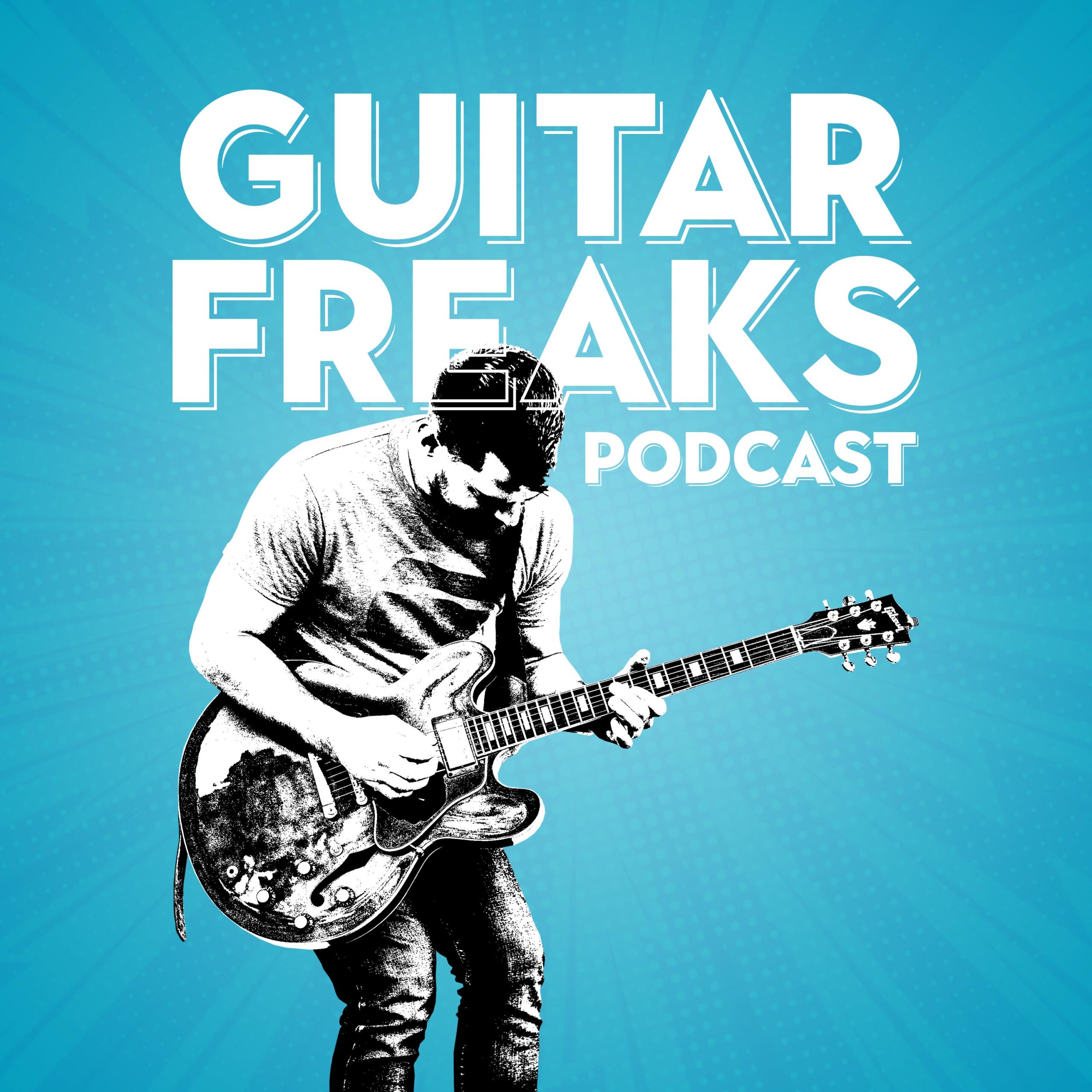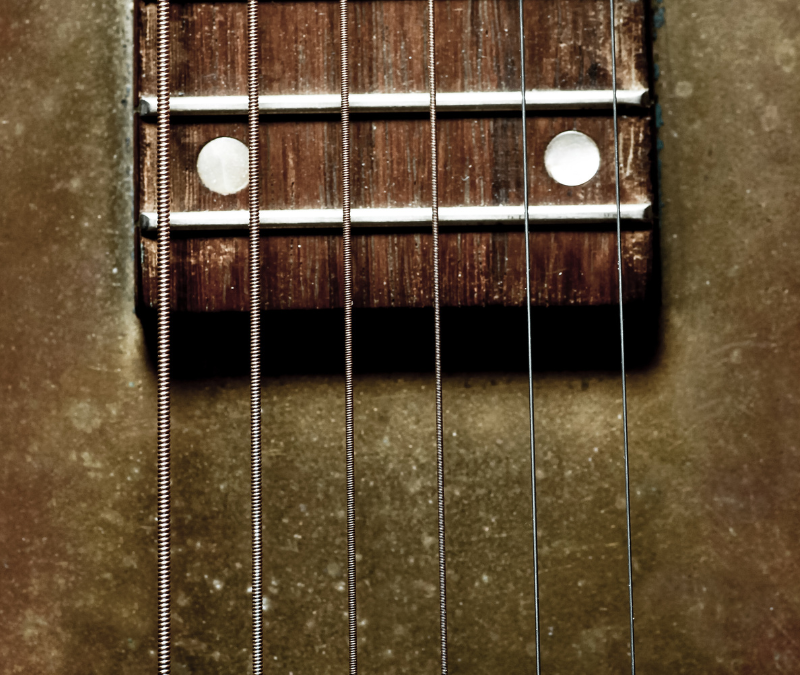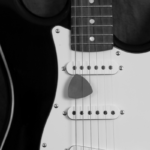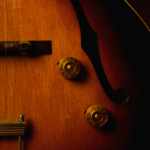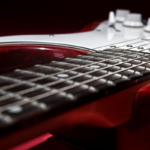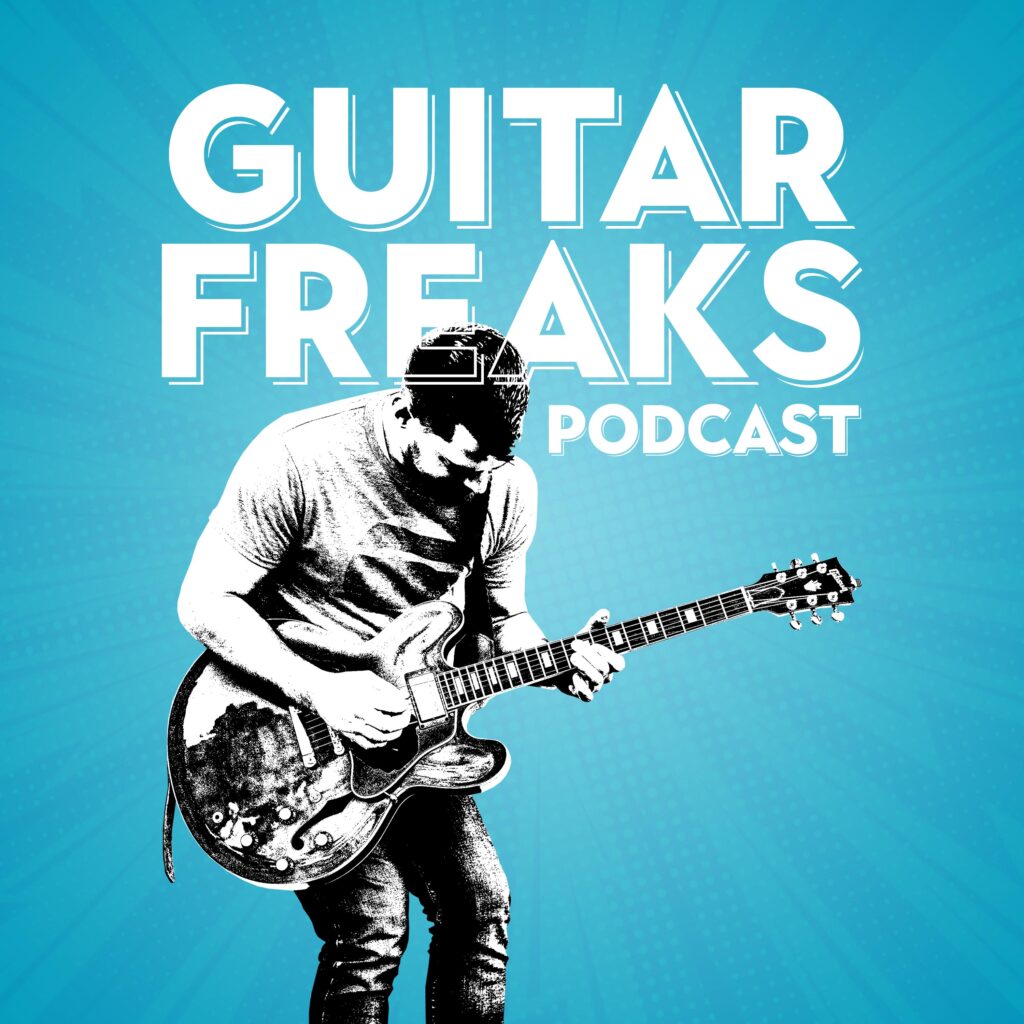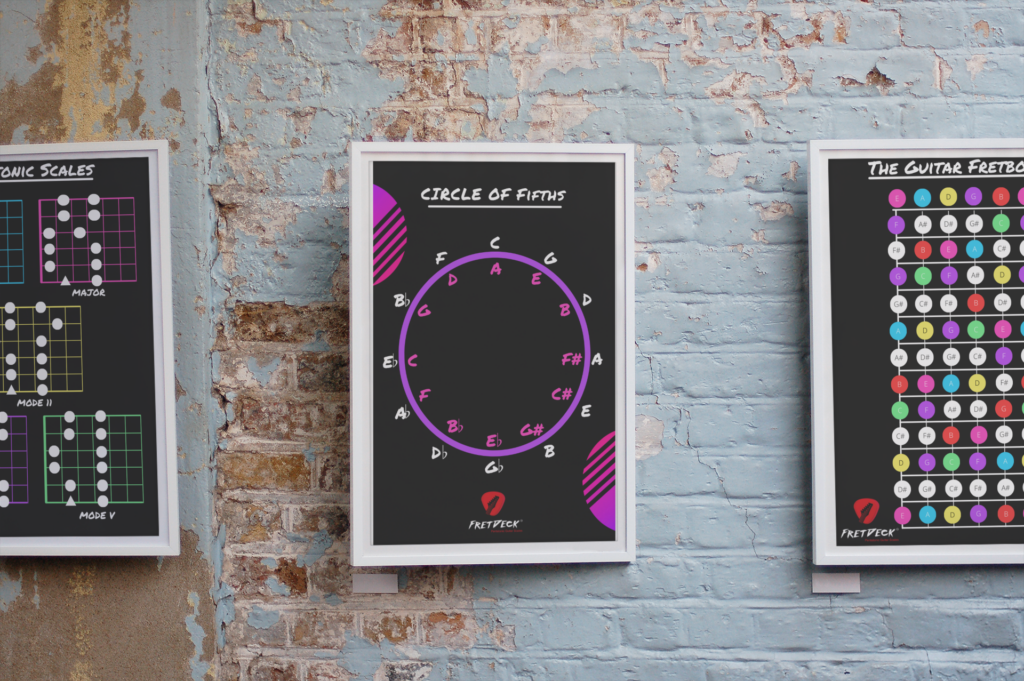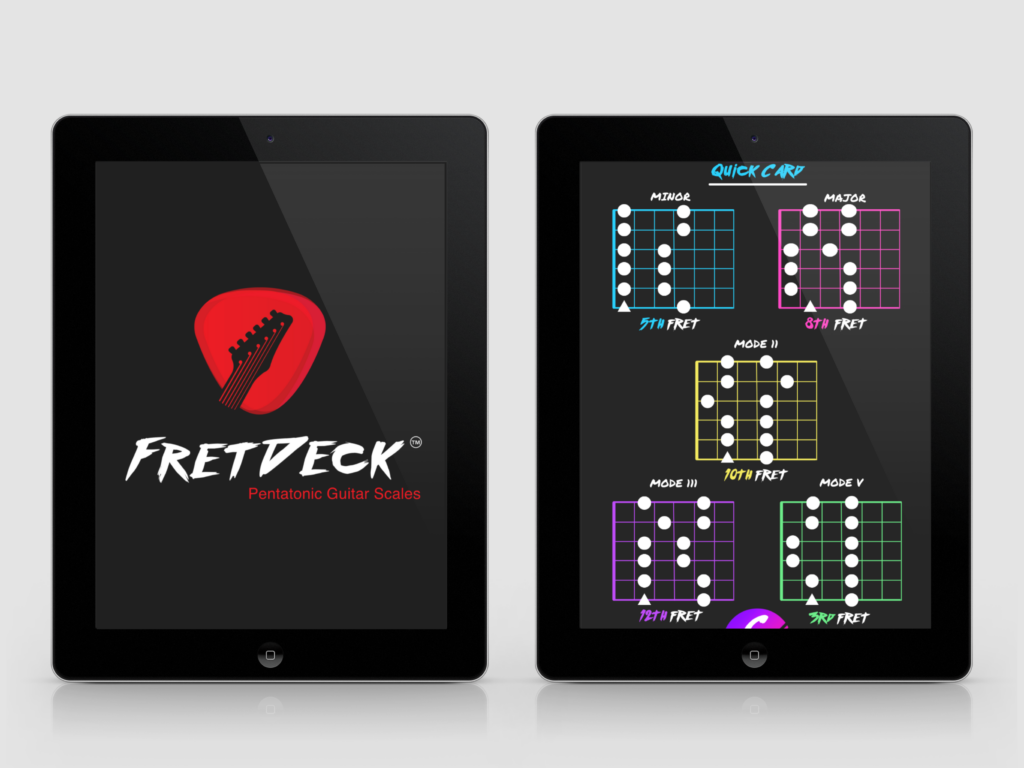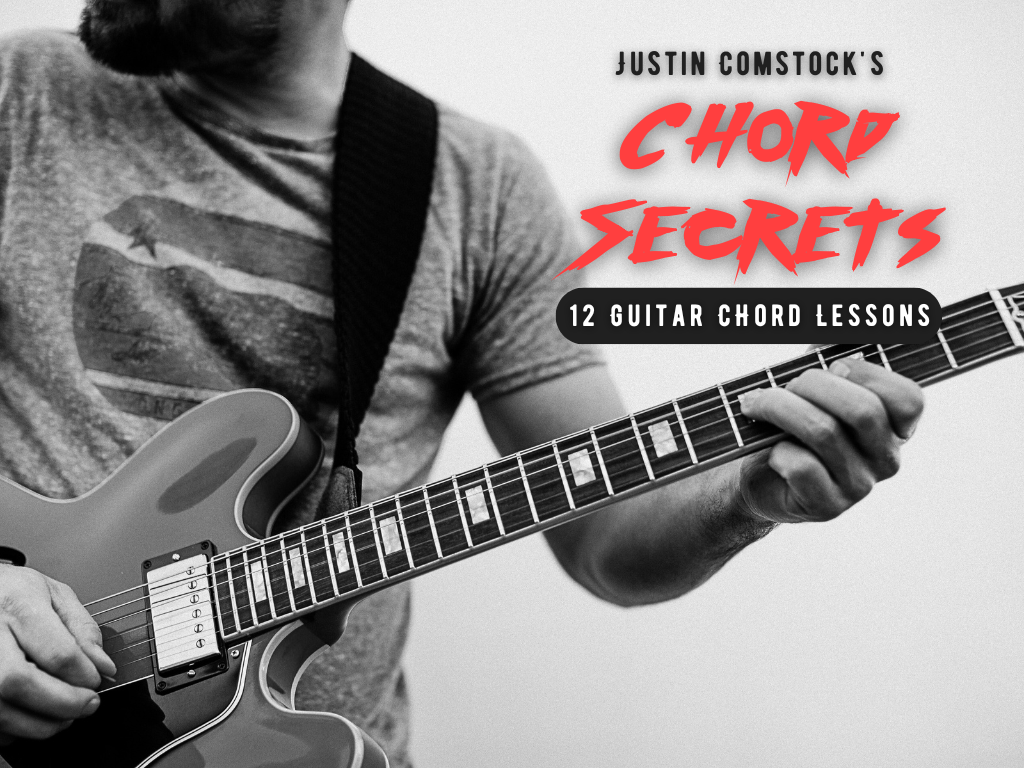Guitar Scales for Blues isn’t about playing more notes—it’s about choosing the right ones.
It’s about feel, phrasing, and the ability to make a single bend sound like a scream, a sigh, or a story. But if you’ve ever felt lost in a solo, unsure which scale fits—or worse, stuck repeating the same licks over and over—you’re not alone.
I’ve been there.
That’s why I wrote this post—to help you break out of the box and finally play the blues like you hear it in your head.
And if you want to master these scales without guesswork, be sure to check out the new FretDeck Kickstarter. It’s the fastest, clearest way to learn all 60 pentatonic scales across every key—and it’s funding right now.

❌ Stop Guessing. Start Shredding.
If you’re still fumbling through scale patterns and box shapes… it’s costing you progress.
FretDeck™ is the no-fluff system that shows you exactly how to master the fretboard—fast. Early access.
⚡️ This isn’t for dabblers. It’s for players who want results.
👉 Click here to join the pre-launch now
Early access. Limited rewards. Don’t wait.
🎯 The Big 3 Guitar Scales For Blues Players
Let’s keep it simple. These are the three essential scales every blues guitarist needs in their toolkit.
1. Minor Pentatonic Scale (The Heart of Blues)
This is where it all begins. The minor pentatonic scale is the backbone of nearly every iconic blues solo.
Here’s the A minor pentatonic in 5th position:
e|----------------5----8----|
B|------------5----8-------|
G|--------5----7----------|
D|--------5----7----------|
A|--------5----7----------|
E|----------------5----8--|
Make It Sing:
- Bend with intent. Target the root and 5th.
- Phrase like a vocalist. Leave space.
- Land on chord tones. Over A7, hit A and E for strong resolution.
🧠 Want to master all 5 pentatonic positions across every key? That’s exactly what FretDeck teaches.
👉 Back the Kickstarter and get the deck.
2. The Guitar Scales For Blues (Pentatonic + Grit)
Add one note to the minor pentatonic—a flatted 5th—and you’ve got the blues scale. That one note changes everything.
e|----------------5----8----|
B|------------5----8-------|
G|--------5-7--8----------|
D|--------5-6--7----------|
A|--------5----7----------|
E|----------------5----8--|
Pro Tips:
- Use the ♭5 as a passing tone, not a target.
- Mix it with your pentatonic licks to keep things spicy.
- Think groove and swing—feel matters more than speed.
Want to visualize where this scale lives in every key? FretDeck gives you the entire map.
3. Major Pentatonic Scale (For That BB King Sweetness)
The unsung hero of blues soloing.
The major pentatonic adds warmth, lift, and melody—think of BB King’s singing phrases and smooth vibrato.
A Major Pentatonic (Rooted on 5th fret):
e|----------------4----7----|
B|------------5----7-------|
G|--------4----6----------|
D|--------4----7----------|
A|--------4----7----------|
E|----------------5----7--|
How to Use It:
- Try it over the I chord (A7 in a blues progression).
- Mix it with the minor pentatonic for contrast.
- Think of major = sweet, minor = grit. The blend is pure gold.
🎒 Level Up: The BB King Box
Here’s a little box BB King made famous. Small shape. Big soul.
e|----------------8--10----|
B|------------8------10----|
G|--------7-----9---------|
✨ Try this: Bend the 10th fret (B string) up a whole step—it sings.
Then resolve it to 8th fret (high E). Boom. Pure BB.
🎯 Pro Tips for Real Blues Playing
It’s not just about which scale—it’s about how you use it.
🎯 1. Target Chord Tones
Land on notes the chords want. Over A7, aim for:
- A (root)
- C# (3rd)
- E (5th)
- G (♭7)
🔊 2. Use Dynamics
- Play soft, then dig in hard.
- Add double stops for thickness.
- Mute selectively for groove and punch.
🧠 3. Practice Phrasing Like Speech
- Say something, then pause.
- Play in phrases, not flurries.
- Let your licks breathe.
🚀 Want to Learn Guitar Scales For Blues Faster?
Here’s the truth:
Learning all 60 pentatonic scales across every key is HARD…
Unless you have the right system.
That’s why I built FretDeck.
🎴 It’s a deck of cards that teaches you:
- All 5 pentatonic positions
- Minor, major, and blues scale variants
- How to connect the neck visually and musically
🎁 Plus, it comes with:
- 6 improvisation prompts
- 6 essential chord progressions
- Instant access to our Pentatonic Secrets course
👉 Back the Kickstarter now and master the fretboard:
https://www.kickstarter.com/projects/602587062/fretdeck-pentatonic-guitar-scales

❌ Stop Guessing. Start Shredding.
If you’re still fumbling through scale patterns and box shapes… it’s costing you progress.
FretDeck™ is the no-fluff system that shows you exactly how to master the fretboard—fast. Early access.
⚡️ This isn’t for dabblers. It’s for players who want results.
👉 Click here to join the pre-launch now
Early access. Limited rewards. Don’t wait.
🎸Join Guitar Freaks Hangout – Our Discord for Blues Players
Blues is best when it’s shared.
Inside our Guitar Freaks Hangout Discord, you’ll find:
- Blues backing tracks
- Feedback on your solos
- A place to jam and grow with other real players
🎁 Bonus: Join today and get Fret Logic, my full eBook on mastering the fretboard—for FREE.
👉 Join the Discord & Get Fret Logic
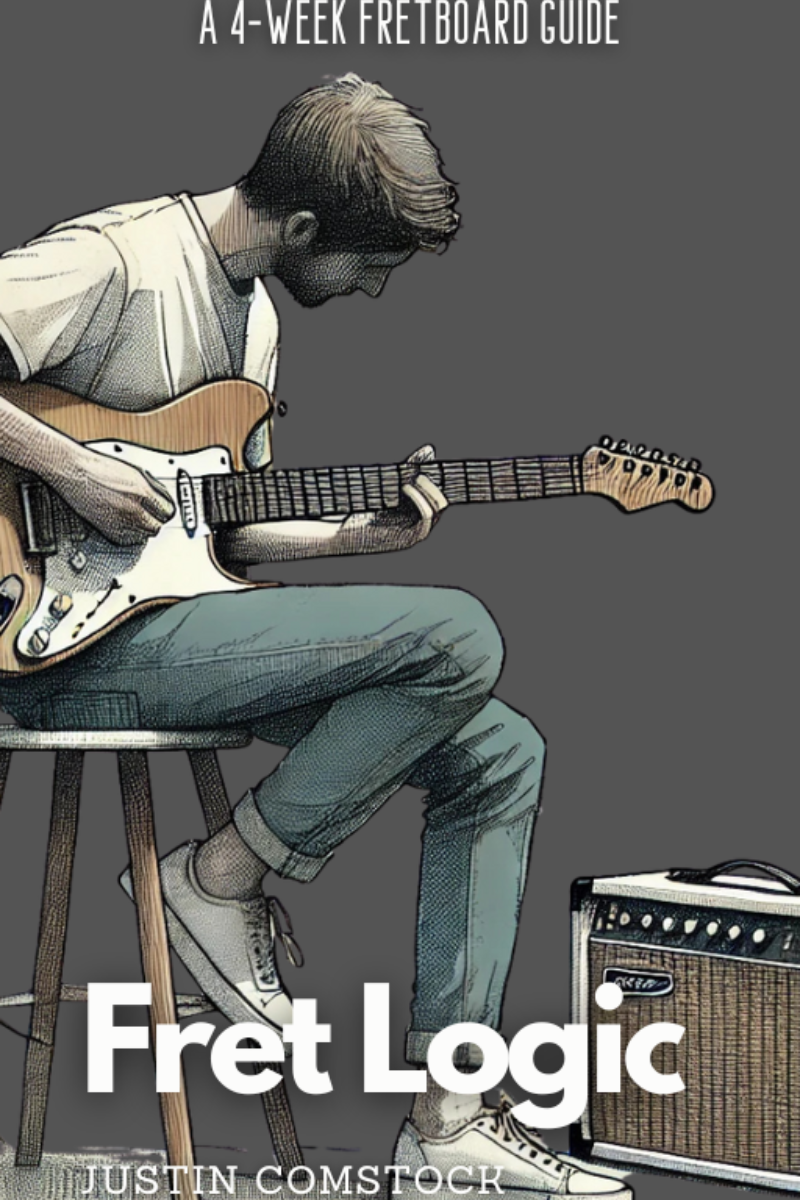
Join Guitar Freaks Hangout on Discord! 🎸
Get Fret Logic FREE!
Join the Guitar Freaks Hangout Discord and get exclusive access to my entire e-book, Fret Logic! Master the fretboard and elevate your solos with this comprehensive guide.
👉 Don’t miss out—join now and download your free copy!
Final Thought: The Blues Is in Your Hands
If you want to solo with more confidence, clarity, and soul…
Here’s your roadmap:
- Learn the 3 core scales: minor pentatonic, blues, major pentatonic
- Target chord tones and master phrasing
- Use tools like FretDeck to accelerate your learning
- Join a community to stay inspired
Now go grab your guitar.
Bend. Slide. Growl. Sing.
And most of all—feel it.
🎸🔥
Internal Link:
For more on phrasing and expression, check out: Why Minor Pentatonic Scales for Guitar Are the Missing Key to Your Next Breakthrough (And How FretDeck Unlocks It)
Outbound Link:
Learn improvisation with TruFire’s Mastery Courses
